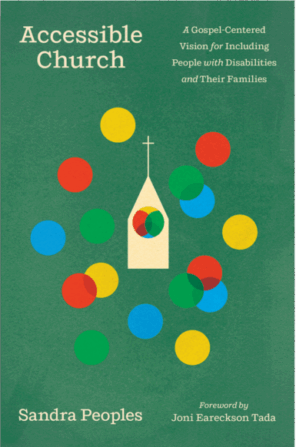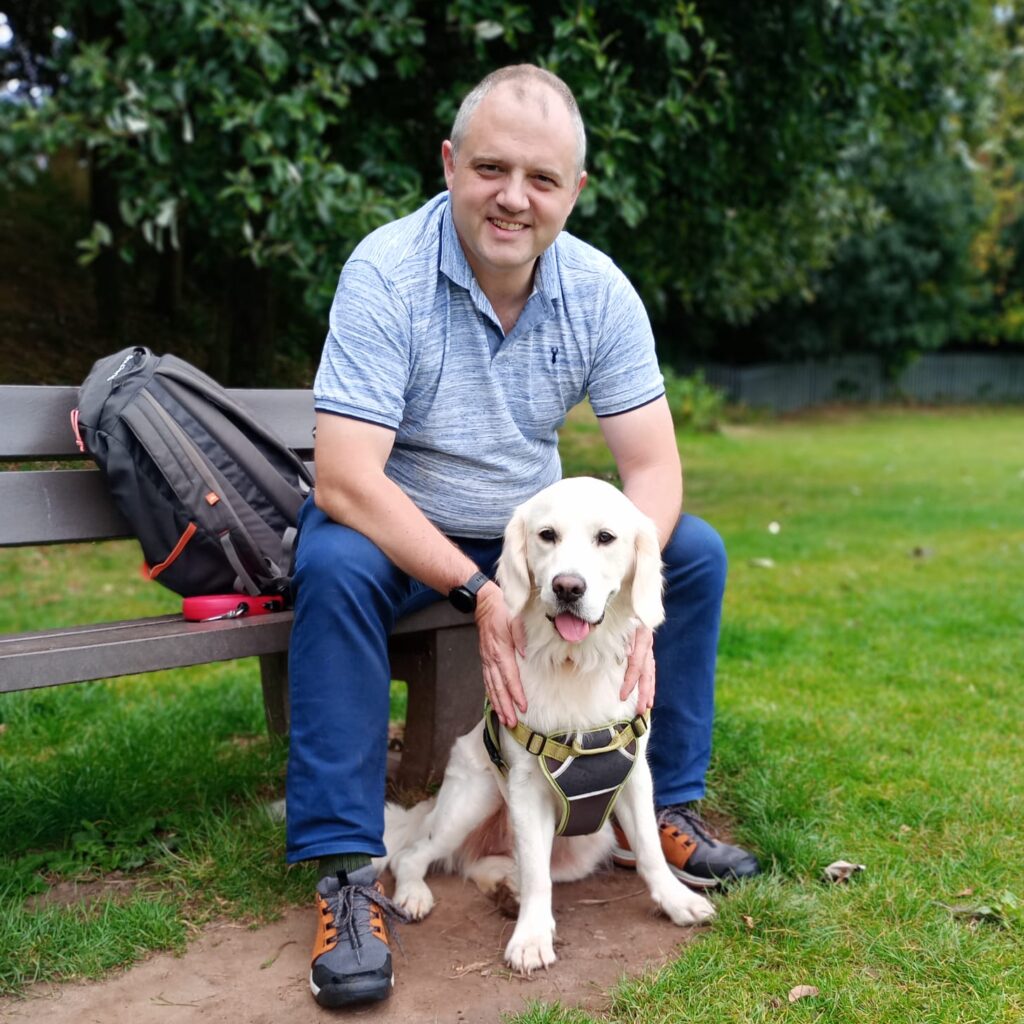
Book Review – ACCESSIBLE CHURCH
This is a popular-level book for church leaders about how best to include disabled people in the life of the church. There’s a helpful 10 point summary by the same author here. She’s also got a website with lots of resources on, largely built around the book. There’s also a summary of her writing on the theology of disability here.
What was good about the book?
I’m actually quite excited about this book. There’s a big swathe of churches in the USA that are very good at being faithful to their understanding of Scripture, but their desire to stay faithful sometimes means they aren’t very good at listening to people outside their constituency. I’ve got a lot of respect for many within that movement; I’ve learnt a lot from people like Don Carson and Tim Keller, though Keller read a lot more widely. If I was in the US, I might attend one of those churches. This is a book from inside that movement, primarily for people inside that movement, about how to make church accessible for disabled and neurodivergent people and their families.
The author is clearly someone with a real heart for the ministry – she’s an autism mum, her sister has Down’s, and she teaches disability ministry to trainee Southern Baptist ministers. Her compassion comes across, and she’s got some really good suggestions. She comes across as a really nice person, who would be wonderful at training volunteers to do accessible kids work. (And is probably therefore very different from me!)
Why am I excited about it? Because it gives me something to point people inside that movement to that will make their churches better at including people like me-as-a-kid. And I really don’t think it’s perfect (see below), but churches that follow this approach will be a lot better at being faithful to God’s call than most are now.
What could have been better about the book?
The beginning of the book sets the scene for what follows.
In writing and editing, I have considered current preferences and the most widely used terminology… I ask for your understanding that our intent is to honor and respect, never offend. (p. xiii)
That rang alarm bells already; readers who are familiar with some of the controversies around autism terminology may understand why. She then goes on to consistently (as far as I can tell) use person-first language, which means that it always comes across as being from the carers’ point of view, never actually managing to consider that autistic people themselves are the best judges of what language should be used of them. In doing so, she also ducks a controversial debate around language use and identity and sides with those who see autistic people as people to be cared for rather than agents in their own right. Saying it’s the “most widely used terminology” is a poor attempt to avoid a fight, especially when she’s siding with the potential oppressors. To take an autistically over-exaggerated example, saying that “I’m using the N word because it’s the most widely used terminology and I don’t intend to offend” doesn’t wash. (Yes, that’s provocative, but the conversation starting with “Are they really the same thing?” is the conversation that needs to be had here.) See my thoughts on the debate.
Ditto the table of contents. There’s lots about doing ministry to and for disabled people; nothing about receiving ministry from disabled people. The treatment of the social and medical models of disability is also too cursory – it accepts the medical definition, and then sees the social as a bolt-on cause of extra problems rather than asking whether autism is a disability at all, or whether in a different world, the author might be considered disabled.
Even when she goes to Exodus 3-4, which is great for understanding how God calls people with disabilities and uses their disabilities for his glory, she doesn’t make those connections that it’s the people with disability doing the ministry! It’s only seeing God’s sovereignty in disability, which is there, of course, as a specific application of God using all of our weaknesses for his glory, which she doesn’t pick up on either.
She also says that one of the most important passages for understanding God’s provision for disabilities is David and Mephibosheth in 2 Samuel 9. It’s a great passage about how God’s love should lead us to care for the disabled, and a picture of Jesus including us, but it never grapples with what it means for disabled people to be doing ministry. Mephibosheth never really moves beyond being the disabled guy that David looks after.
I also don’t see the anger that I think Jesus calls church leaders to show when it comes to exclusion (e.g. Mark 10:14). But maybe that’s because the author is nicer than me!
Summary
It’s great that this book exists, and I’m sure it will be helpful for getting churches started at doing some basic steps towards disability inclusion. But it tends to dodge the difficult questions, accepts pat answers, and I think the vision it casts stops short of seeing disabled people as really belonging to to the church, except as the objects of mercy and kindness from people who do the actual ministry. But that’s a lot better than nothing, and to be honest the disagreements are much smaller than my gratitude that this book exists!
I will be recommending this book, though with caveats that it’s very much a first step.
(I did not receive anything from the author or publisher. I have read the free summary, commendations, and first chapter of the book, as well as material on the website of the author. I haven’t read the whole book yet, though I have read the contents page and summary, so I’ve got a good idea of what it covers.)
John Allister
John Allister is the vicar of St Jude’s Church in Nottingham, England.
He is autistic, and has degrees in Theology and Experimental & Theoretical Physics.


Thank you for your review